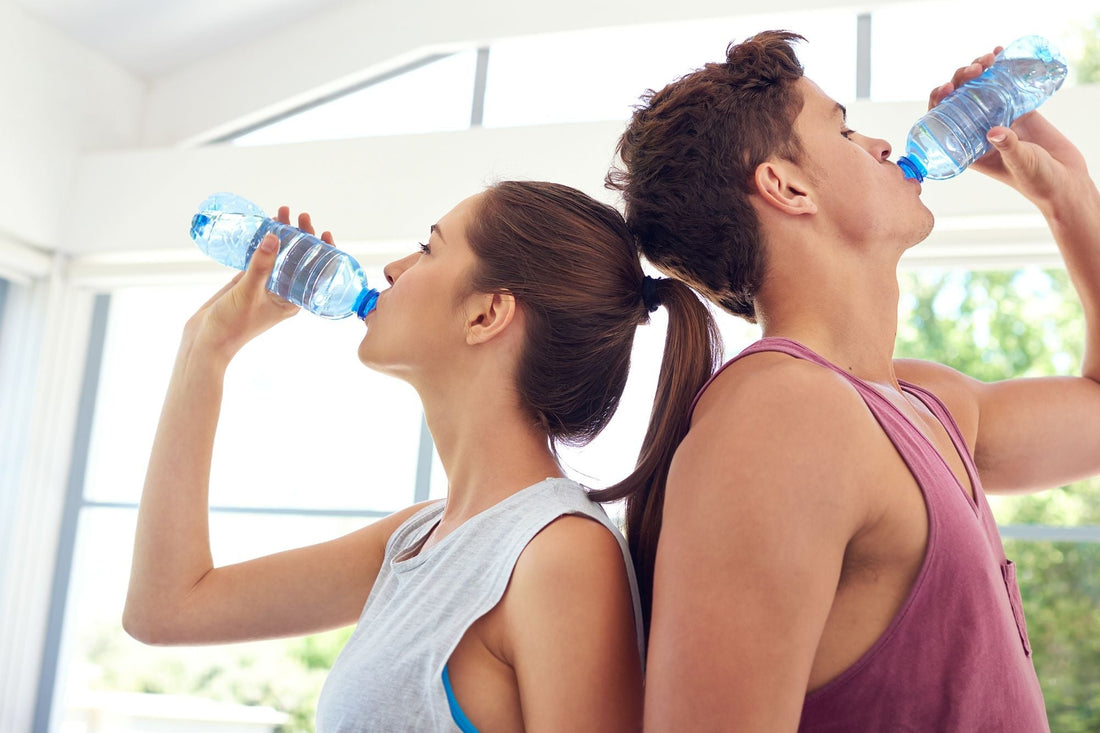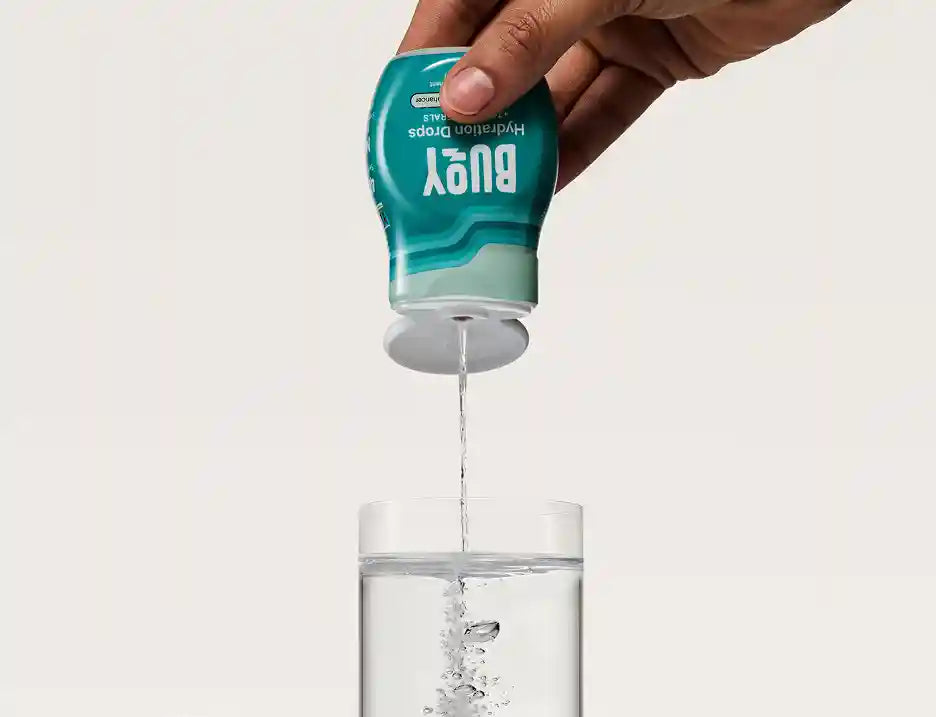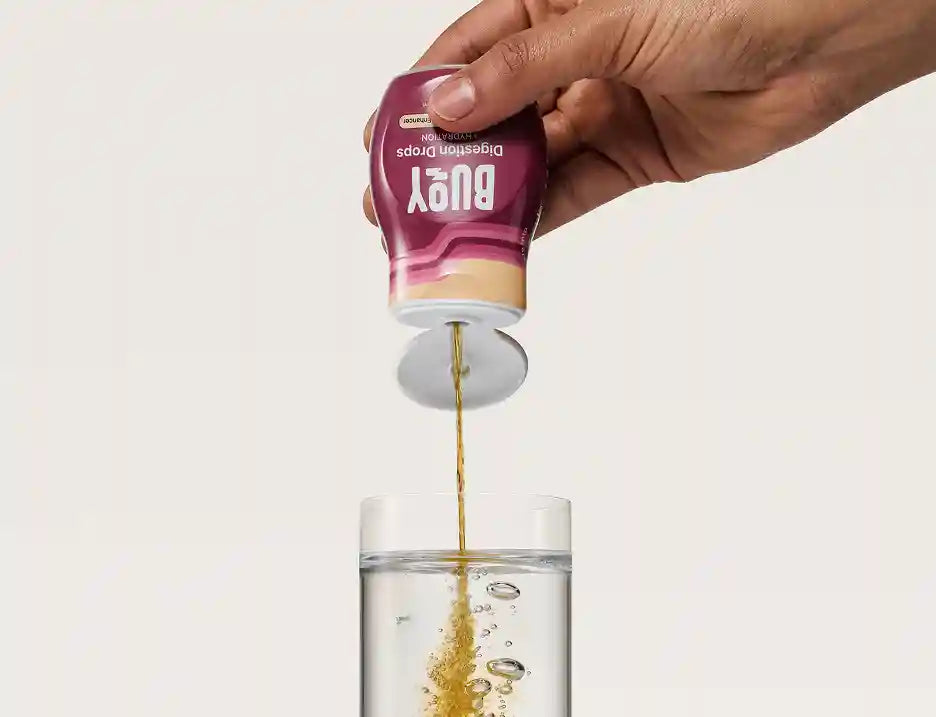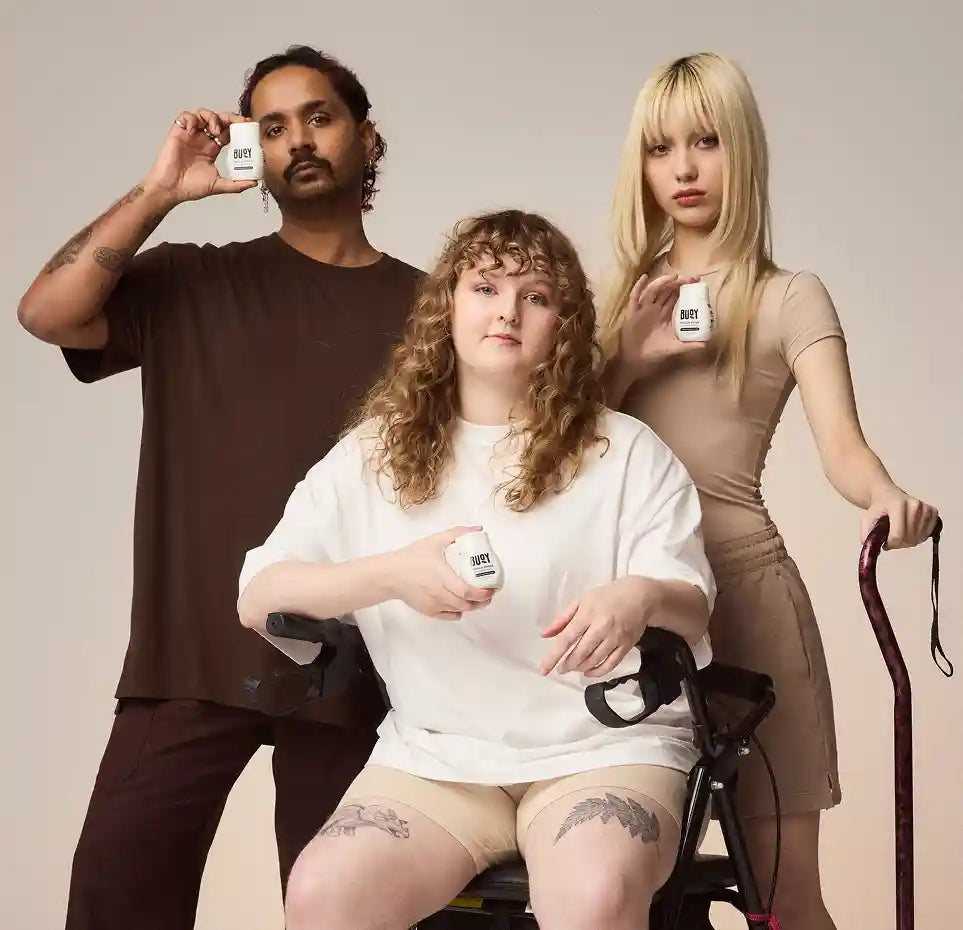
How Long Does It Take to Rehydrate Your Body?
Maintaining proper hydration is essential for overall health, helping with everything from brain function to muscle performance. But if you’re already dehydrated, rehydration can take time and depends on multiple factors, including the severity of dehydration and the method used to rehydrate.
For people with Postural Orthostatic Tachycardia Syndrome (POTS), rehydrating effectively is even more important, as dehydration can worsen common POTS symptoms like dizziness, fatigue, and increased heart rate.
Essential Takeaways:
- How Long Does It Take to Rehydrate Your Body After Dehydration? The time it takes to rehydrate your body varies based on how dehydrated you are. Mild dehydration can start improving within 30 minutes to a couple of hours with water or an electrolyte drink, while severe dehydration may need IV fluids for rapid recovery.
- Electrolytes Are Essential for Effective Hydration: For faster and more effective rehydration, water alone might not be enough. Drinks with electrolytes help the body retain fluids better, supporting blood volume and overall hydration, which is especially beneficial for those with conditions like POTS.
Here’s what you need to know about how long it takes to get your body back to full hydration and effective ways to speed up the process. You’ll also get a tailored approach to rehydration for those with POTS, focusing on specific hydration techniques, the role of electrolytes, and daily habits that can help POTS symptoms.
- What Happens to Your Body During Dehydration?
- How Does Dehydration Impact POTS Symptoms?
- How Long Does It Take to Rehydrate?
- Best Methods for Fast Rehydration
- Hydration Tips for Daily Health
- Rehydrate Your Body for Optimal Health
What Happens to Your Body During Dehydration?
When the body loses more fluid than it takes in, dehydration occurs, causing an imbalance in essential electrolytes, such as sodium and potassium.¹
Symptoms of Dehydration
Symptoms of mild dehydration can include thirst and dry mouth, while moderate to severe dehydration may cause dizziness, rapid heartbeat, and even confusion.
These symptoms reflect the body’s struggle to maintain stable blood pressure, temperature regulation, and energy levels when fluid levels are low.¹
How Does Dehydration Impact POTS Symptoms?
With POTS, the body’s autonomic nervous system struggles to manage blood flow and blood pressure upon standing. Dehydration can worsen these issues, often leading to more severe symptoms.² ³
Dehydration Recovery Time and POTS Symptoms
When you’re dehydrated, your blood volume decreases, which can lead to intensified orthostatic intolerance symptoms like dizziness and tachycardia (increased heart rate). Proper hydration helps to increase blood volume and support blood pressure stability, easing these symptoms.² ³
How Long Does It Take to Rehydrate?
The time it takes to rehydrate can vary, but for those with POTS, effective hydration may take longer as the body requires more sodium and fluids to maintain stability. Here’s how long it might take, based on the severity of your dehydration:
-
Mild Dehydration: Drinking an electrolyte-rich drink or water can start to improve hydration levels within 30 minutes, though full effects may take a couple of hours.
-
Moderate Dehydration: Rehydration may require a few hours of consistent fluid and electrolyte intake, and in more severe cases, it can take even longer as the body stabilizes.
- Severe Dehydration: When dehydration is severe, rehydration often requires medical intervention, such as IV fluids, which can quickly deliver fluids directly to the bloodstream and restore hydration within minutes to an hour.
For immediate symptom relief, adding electrolytes and drinking small amounts frequently is often more effective than consuming a large amount all at once.¹ ² ³
Learn more about how electrolytes can help you manage your POTS symptoms with our guide to Electrolytes and POTS: Why They Matter.

Adding salt to meals supports fast rehydration and can speed up dehydration recovery time, helping manage POTS symptoms.
Best Methods for Fast Rehydration
When dehydration strikes, fast and effective rehydration is crucial, especially for managing symptoms of POTS. The right techniques replenish fluids and help restore electrolyte balance, providing relief and stabilizing blood pressure. Let’s explore how to rehydrate fast.
1. Drink Water Consistently
Sipping water steadily throughout the day keeps you hydrated more effectively than chugging large amounts all at once.
Why? By sipping, you promote steady hydration, which supports better absorption and prevents “water flushing”—where you quickly pee out the excess fluid before it can fully hydrate your cells and replenish electrolytes.¹ ² ³
2. Use Electrolyte-Rich Drinks
Electrolytes like sodium and potassium help retain fluids and support blood volume. Look for specialized hydration drinks that contain a higher concentration of sodium, which can help maintain stability in POTS patients.¹ ⁴
3. Eat Hydrating Foods
Certain foods are naturally high in water content and can contribute to hydration. Cucumbers, watermelon, oranges, and strawberries, for example, are excellent choices that add both fluids and vitamins to your diet.¹ ⁴
Learn more about hydrating with foods in our guide to the Top 10 Foods High in Electrolytes and Why You Need Them.
4. Try High Sodium Snacks (With Caution)
Salty snacks like pretzels, pickles, or salted nuts can help retain fluids and support blood volume - especially helpful in the morning when POTS symptoms are often worse.
However, it’s important to work with your doctor before significantly increasing salt intake. While many with POTS benefit from higher sodium, excessive amounts can stress the kidneys or raise concerns for those with underlying conditions like renal insufficiency.³ ⁴
Why do POTS patients often need more salt? Learn more in our guide: Why Salt Helps Manage POTS Symptoms.
5. Wear Compression Garments
Compression stockings or abdominal binders are commonly used to help manage POTS. These garments support circulation by preventing blood from pooling in the legs, which can make your rehydration efforts more effective.⁵
6. Get IV Fluids for Severe Cases
In cases of severe dehydration, IV fluids administered under medical supervision can quickly increase blood volume and relieve symptoms. While this is not recommended for daily use, it may be necessary during POTS flare-ups.³
Using a combination of consistent water intake, electrolyte-rich drinks, and other hydration strategies can make a noticeable difference in recovering from dehydration. These methods, paired with mindful choices like compression socks and hydrating foods, can be particularly beneficial for those living with POTS.
Curious about the role of IV fluids in POTS treatment? Read our guide on the Benefits and Risks of IV Fluids for POTS to understand when this option can help.
Hydration Tips for Daily Health
Staying hydrated is easier when you make it part of your daily routine. Here are some ways to keep on track:
- Monitor Your Fluid Intake: Aim for at least 8-12 cups (64-96 ounces) of fluid per day or even more when experiencing severe POTS symptoms.
-
Use Electrolyte Supplements: Add a squeeze of Buoy to any drink a few times a day to help ensure proper hydration and electrolyte balance, which are crucial for managing POTS symptoms.
-
Set Reminders: Use apps or set alarms on your phone to remind yourself to drink water at regular intervals.
-
Carry a Water Bottle: Keep a water bottle with you and refill it throughout the day to encourage frequent sips.
-
Adjust for Environment and Activity: When engaging in physical activity or in hot or humid climates, your body loses more fluids. Plan to drink more water and electrolytes on these days to prevent dehydration.
-
Limit Caffeine and Alcohol: Both caffeine and alcohol can dehydrate you and worsen your POTS symptoms. If you do consume caffeine, balance it with extra water and electrolytes.
- Track Hydration Through Urine Color: Pale yellow urine generally indicates good hydration, while dark yellow or amber can be a sign that you need to drink more.¹
Incorporating hydration into your daily routine helps maintain optimal health and can prevent hydration-related POTS flare-ups. Balancing your electrolytes and watching for signs of dehydration like dark urine, supports steady hydration and overall well-being.
Get more hydration tips in our POTS Hydration Guide.
Rehydrate Your Body for Optimal Health
Proper hydration is key to managing POTS symptoms and improving your overall quality of life. By prioritizing electrolyte-rich hydration methods and consistently managing your fluid intake, you’re better equipped to avoid the negative effects of dehydration.
Make Hydration Part of Your Daily Routine
Add hydration to your daily wellness plan to stay energized, focused, and healthy year-round. Consider discussing a personalized hydration plan with your healthcare provider, especially if symptoms become difficult to manage.
Discover More POTS Resources
Learn more about managing your POTS symptoms effectively with our in-depth POTS resource guides full of expert tips to help you stay balanced, hydrated, and empowered in your journey to better health.

References:
- Healthline. (2024). What to Know About Dehydration. Retrieved from https://www.healthline.com/health/dehydration
- Medow, M. S., Guber, K., Chokshi, S., Terilli, C., Visintainer, P. & Stewart, J. M. (2019). The Benefits of Oral Rehydration on Orthostatic Intolerance in Children with Postural Tachycardia Syndrome. The Journal of Pediatrics, 214, 96–102. Retrieved from https://doi.org/10.1016/j.jpeds.2019.07.041
- Snapper, H. & Cheshire, W. P. (2022). Oral and Intravenous Hydration in the Treatment of Orthostatic Hypotension and Postural Tachycardia Syndrome. Autonomic Neuroscience, 238, 102951. Retrieved from https://doi.org/10.1016/j.autneu.2022.102951
- Healthline. (2019). Electrolytes: Functions, Imbalance, and Sources. Retrieved from https://www.healthline.com/nutrition/electrolytes
- Cleveland Clinic. (2022). Postural Orthostatic Tachycardia Syndrome (POTS). Retrieved from https://my.clevelandclinic.org/health/diseases/16560-postural-orthostatic-tachycardia-syndrome-pots





